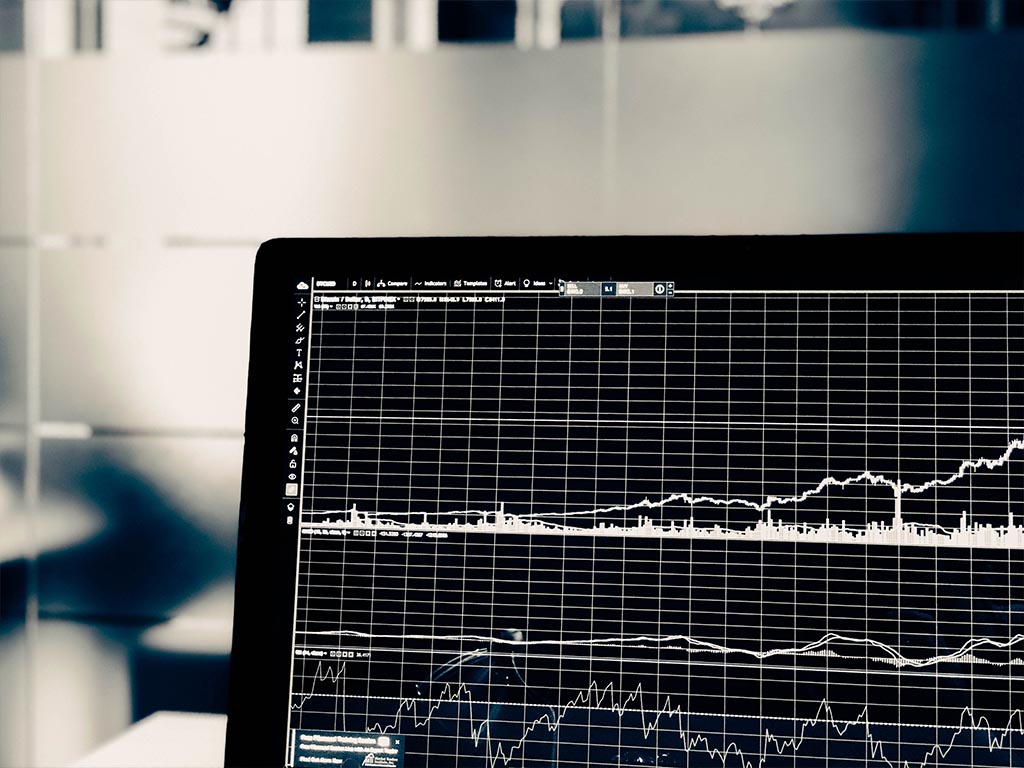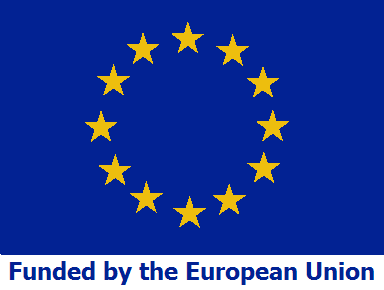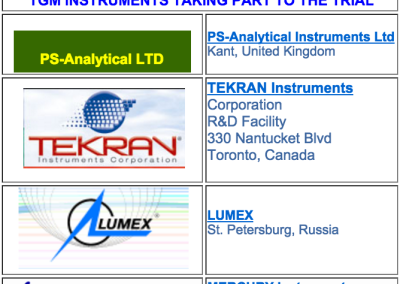
Abstract del progetto
The objective considered in the Sixth Environment Action Programme is to achieve levels of air quality that do not give rise to unacceptable impacts on, and risks to, human health and the environment. The Community is acting at many levels to reduce exposure to air pollution: through EC legislation, through work at the wider international level in order to reduce cross-border pollution, through working with sectors responsible for air pollution and with national, regional authorities and through research. Mercury is a particularly insidious and difficult pollutant to manage. Its ability to exist in several physical states and chemical forms at commonly-encountered conditions of temperature and pressure, and propensity to undergo biological transformations, means that it is subject to complex and difficult-to-predict changes in concentration and form.
Environmental monitoring studies thus must consider a variety of physical changes, geochemical reactions, and biochemical interactions in an attempt to understand the specific local conditions that contribute to mercury levels found in different environmental ecosystems.
The availability of standardized methods for TGM in ambient air and mercury deposition will be fundamental to an efficient implementation of EC legislation on ambient air quality and to harmonise the present air quality data.
The general objective is to elaborate fully validated and traceable European standard methods for TGM in Ambient Air and Total Mercury in precipitation samples that will ensure the representativeness , comparability, accuracy and precision of data measured by all Member States and the adoption of standard QA/QC protocol
• Vlaamse Milieumaatschappij (VMM), Belgium
• Institute Salud Carlos III (ISC) Centro Nacional de Sanidad Ambiental, Spain
• CNational Physical Laboratory (NPL), UK
• Institut Jozef Stafan – (IJS) Department of Environmental Sciences, Slovenija
• Swedish Environmental Research Institute IVL, Sweden
Nicola Pirrone
Francesca Sprovieri





